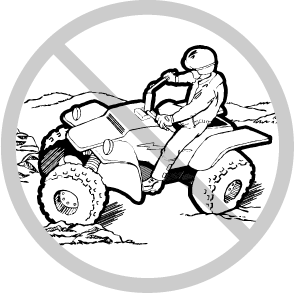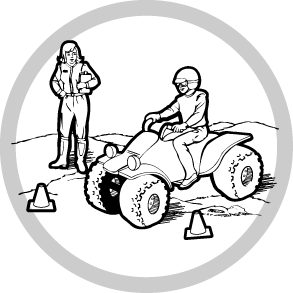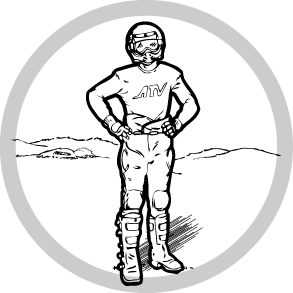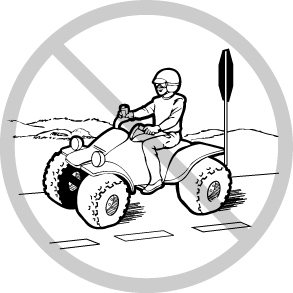The U.S. Consumer Product Safety Commission (CPSC) urges all consumers using ATVs to understand the risks and necessary safety measures of ATVs before riding them.
CPSC’s 2018 annual ATV report on deaths and injuries finds there were 81,800 ATV-related emergency department-treated injuries reported in 2018. More than a quarter of those injuries were sustained by children under 16 years old, the highest of any age group. ATVs become more dangerous when children drive adult-sized vehicles, or when passengers ride on ATVs built for only one rider.
The report includes ATV fatality data from 1982-2016, which is the most recent year when CPSC reporting is considered complete. In 2016 alone, there were 591 reported ATV-related fatalities. Children under 16 years old accounted for 65 of the fatalities in 2016, and nearly half of these children were under 12 years of age. In addition, there were more than 15,700 total fatalities since 1982, and that number could continue to rise with additional reporting.
Even if a locality allows people to drive off-road vehicles on paved public roads, ATVs are not designed for that purpose. ATVs can be unwieldy on paved surfaces, and the risk of collision with a car, truck, or other vehicle is significantly higher, increasing a rider’s chances of injury or death.
If you are going to ride an ATV, CPSC recommends key safety tips to follow:
- Get hands-on training from a qualified instructor, e.g., in an ATV Safety Institute (ASI) course.
- Always wear a helmet and other protective gear, such as eye protection, boots, gloves, long pants and a long-sleeved shirt.
- Never ride with more passengers than there are seats. Most ATVs are designed for one rider.
- Riders younger than 16 should only drive age-appropriate youth model ATVs, and never adult ATVs.
- Off-road vehicles are designed to be driven only on off-road terrain, not paved surfaces.
- Never ride on public roads except to cross where permitted by law.
- Avoid drinking alcohol before or while driving an ATV, because alcohol can impair judgment and response time.
To learn more about data on ATV injuries and deaths by state, visit www.ATVsafety.gov.
 Children and young people under the age of 16 should not ride adult ATVs.
Children and young people under the age of 16 should not ride adult ATVs.
 All ATV users should take a hands-on safety training course.
All ATV users should take a hands-on safety training course.
 Always wear a helmet and safety gear such as boots and gloves while on an ATV.
Always wear a helmet and safety gear such as boots and gloves while on an ATV.
 Never drive an ATV on paved roads. Never drive while under the influence of drugs or alcohol.
Never drive an ATV on paved roads. Never drive while under the influence of drugs or alcohol.
Never ride with more passengers than there are seats. Most ATVs are designed for one rider. Riders younger than 16 should only drive age-appropriate youth model ATVs, and never adult ATVs.

